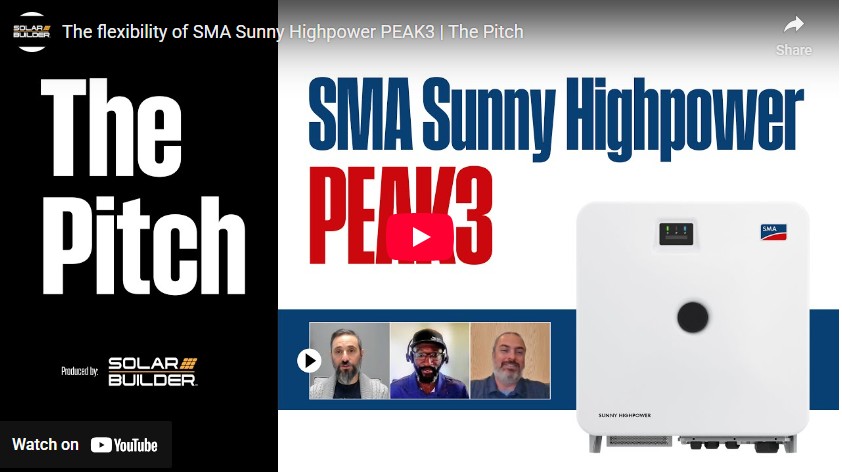TÜV Rheinland study explains LCOE driven by Array Technologies’ tracker reliability
Reliability and reduced O&M costs are key metrics when choosing among solar tracking systems. At SPI, Array Technologies, a trusted name in solar tracking, announced the results of an independent analysis by TÜV Rheinland PTL LLC showing that Array’s flagship tracker, the DuraTrack HZ v3, delivers 4 Cents/Watt DC higher Net Present Value (NPV) and 6.7% lower Levelized Cost of Energy (LCOE), driven by 31% lower lifetime O&M costs.
The analysis found that Array’s architecture has higher structural integrity. With a patented mechanical load-release system, Array’s trackers are less susceptible to torsional galloping and consequential damage to solar modules. The DuraTrack HZ v3 withstands high wind loads in all positions, unlike architectures that rely on active stow and a complicated chain of electronic, radio, and motor systems to survive.
TÜV analysts performed an economic and risk analysis of two tracker architectures:
- one driven by a single motor linked by a rotating driveline to multiple tracker rows; and
- another where tracker rows operate as self-contained units, each with a dedicated photovoltaic (PV) panel, battery, motor and other system components.
TÜV’s analysis includes descriptions of the technical characteristics of each system, followed by a Failure Modes and Effects Analysis (FMEA) to determine high-risk components. A cost of failure analysis of those components was performed, concluding with a LCOE / NPV analysis to assess the economic impact of the two technologies on developers, owners, financiers, and insurers of utility scale solar power plants.
“Reliability is the cornerstone of responsible solar industry growth,” said Array Technologies CEO and founder, Ron Corio. “Without dependable PV modules and tracking systems, the solar industry will struggle to continue down its path of innovation and expansion. This third-party validation from TÜV confirms there are significant differences in OPEX costs between tracker architectures. We believe that the engineered simplicity in our trackers truly is the best long-term option for solar project owners.”






Comments are closed here.